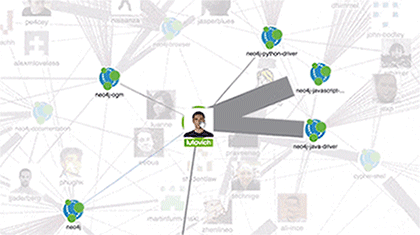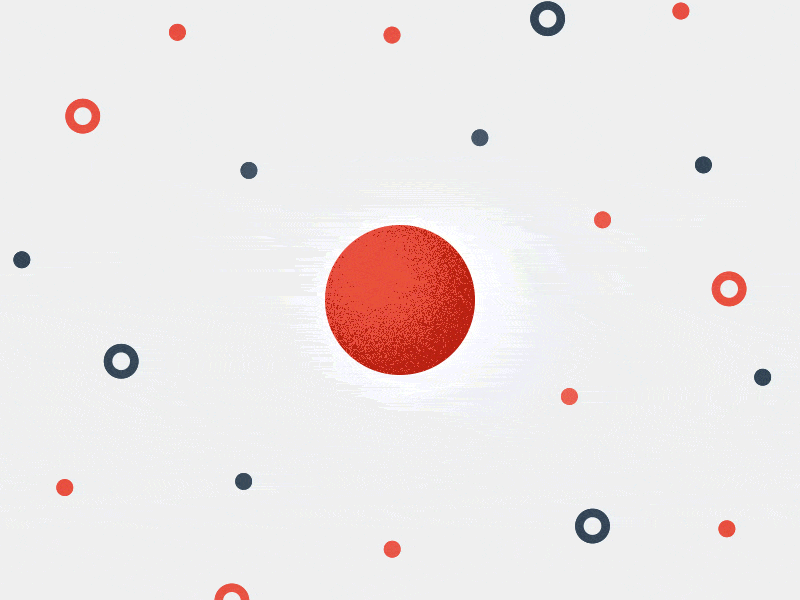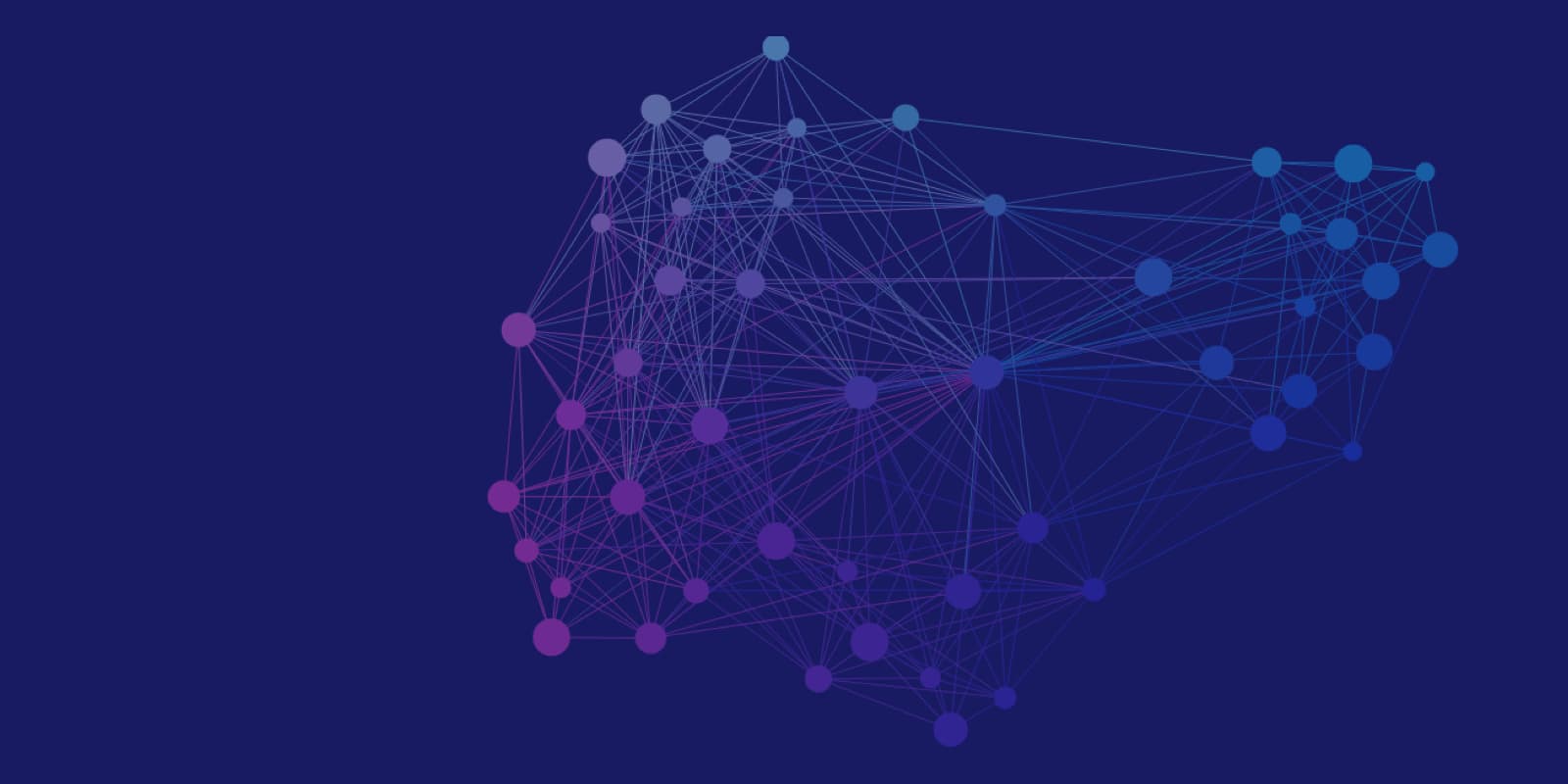Imagining the world’s information to the power of Graph Database. Modeling a hyper-connected world : a fast moving world of expressions, growing connections & evolving behaviors.

We love Graph Database for how it puts an individual at the center of the universe — connected with everything else, having interactions & exchanges of varying nature, depth & complexity.
Graph database, beyond the DB is more of an approach to structure information about people & relationships, that best models our real-world interactions and the ever changing complexity of our exchanges with people, places, things & all of life around us — it is best suited for applications that deal with continuously evolving data sets of users, requiring efficient processing of multi-layered / many-to-many relationships, specially for purposes of personalization.
Social networks like LinkedIn and Facebook are already graphs, as networking is all about connections. There is no point in storing data as tables when a graph model can best embody the human web — of connections, exchanges, interactions & influence. This model not just helps in avoiding massive computational labour in storing & searching through a large web of information, but also helps in finding new patterns / correlations in data and deriving ground-breaking insights on evolving human behavior.
Why Graph databases are popular now?
In the recent years Graph DB has been witnessing a significant surge in recognition within the database technologies landscape, specially after neo4j, which is the most popular graph database, bagged a whopping $80 million funding & saw a rising interest among the tech enterprises — especially businesses that churn huge silos of data everyday and need to process it continuously.

Today, we see millions of users creating and consuming insane amounts of data every single second. How enterprises and institutions collect, store, process and utilize this data is critical for addressing the key challenges in their business.
How much data is enough to personalize user experience? Most businesses today are looking at disparate sets of data of users, from different sources & struggling to connect the dots to take effective, insight led actions. Businesses are seeking broader and deeper visibility into data to understand how one piece of data is connected to the rest and derive useful business insights by observing relationships.
Enterprises tapping the power of Graph database technologies early-on could gain competitive advantages over others. A survey by IBM reveals that:
57% enterprises across all industries who used graph databases in some form reported improved speed and performance in managing & analysing data.
Is Graph search faster than a query with joins?
Graph database technologies are designed to easily traverse through inter-connected data in any direction, identify patterns from millions of relationships in seconds & perform database operations without compromising on speed / performance. Relational databases because of complex JOIN queries struggle in traversing through relationships between data pieces efficiently.
Graph databases are not new. Tech Giants like Google have been using similar technology for contextual search. Social graphs in Twitter, LinkedIn and Facebook could be other examples. It’s just that now graph databases are entering into mainstream enterprise / business applications.
What are few known Graph databases?
neo4j — open sourced and designed to deal with huge amount of connected data. Performance, flexibility and agility being its key offerings.
OrientDB — open sourced NoSQL DBMS written in Java, has a multi-model graph engine.
Marklogic — another Java written NoSQL multi-model database, popular for powerful search and suitable for large-scale applications.
Azure Cosmos DB of Microsoft, AWS Neptune of Amazon are some commercial graph technologies betting big on this rising tide.
This article was presented by Nishant Choudhary from Codewave.
Stay connected to Codewave for more such insights and feel free to reach us at hello@codewave.in or +91 8971824910. If comfortable you may drop by at 1st Floor, Shree Chambers, #307, Outer Ring Rd, Banashankari 3rd Stage, Bengaluru, Karnataka 560085. Thanks for taking out time to read this article. We hope it enriched your existing knowledge. Do let us know your views, by sending an email to hello@codewave.in.
Codewave is a design thinking led digital transformation company enabling organisations with playful innovation using AI & ML, IoT & Edge, AR, VR, Cloud, Blockchain, and Data.







